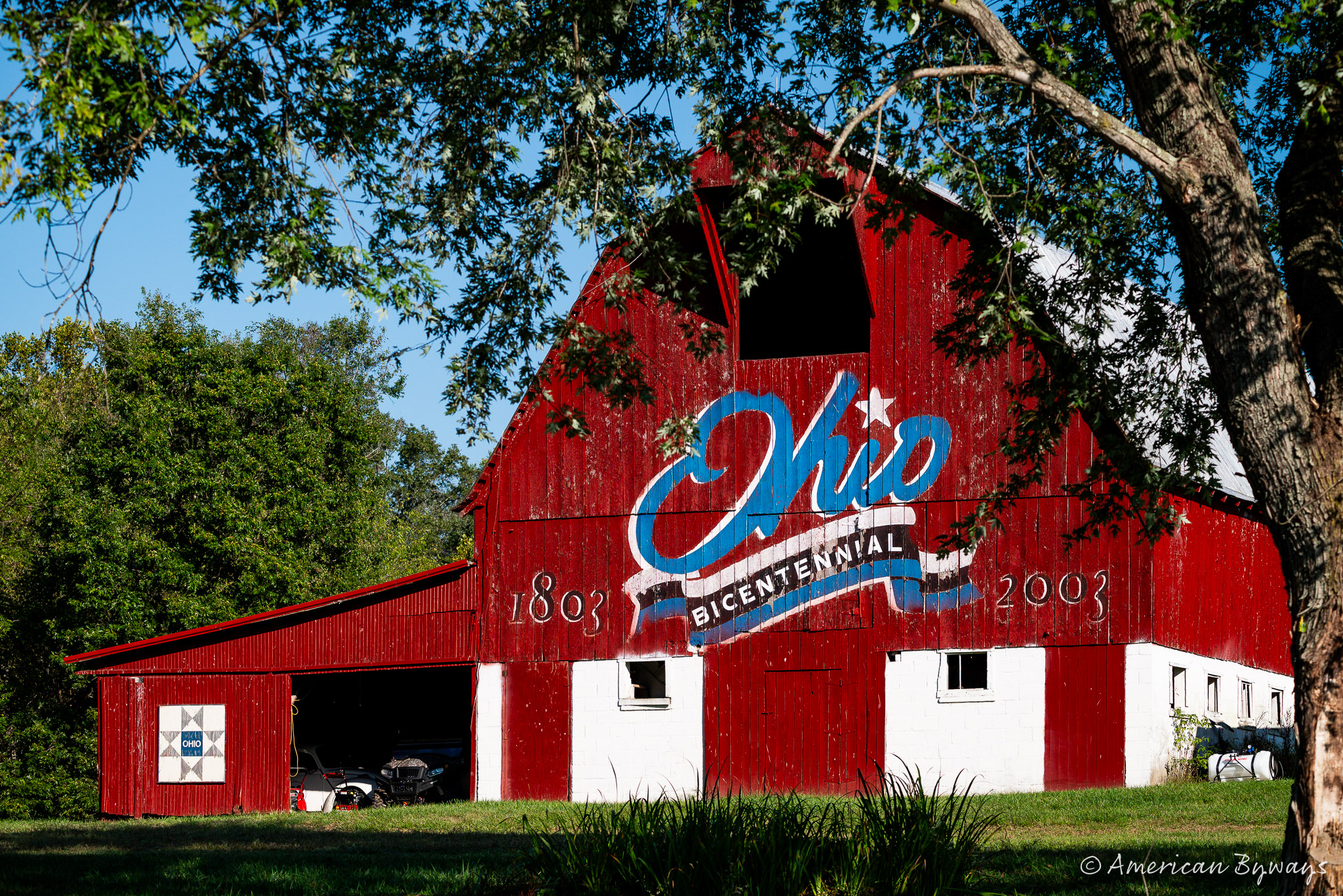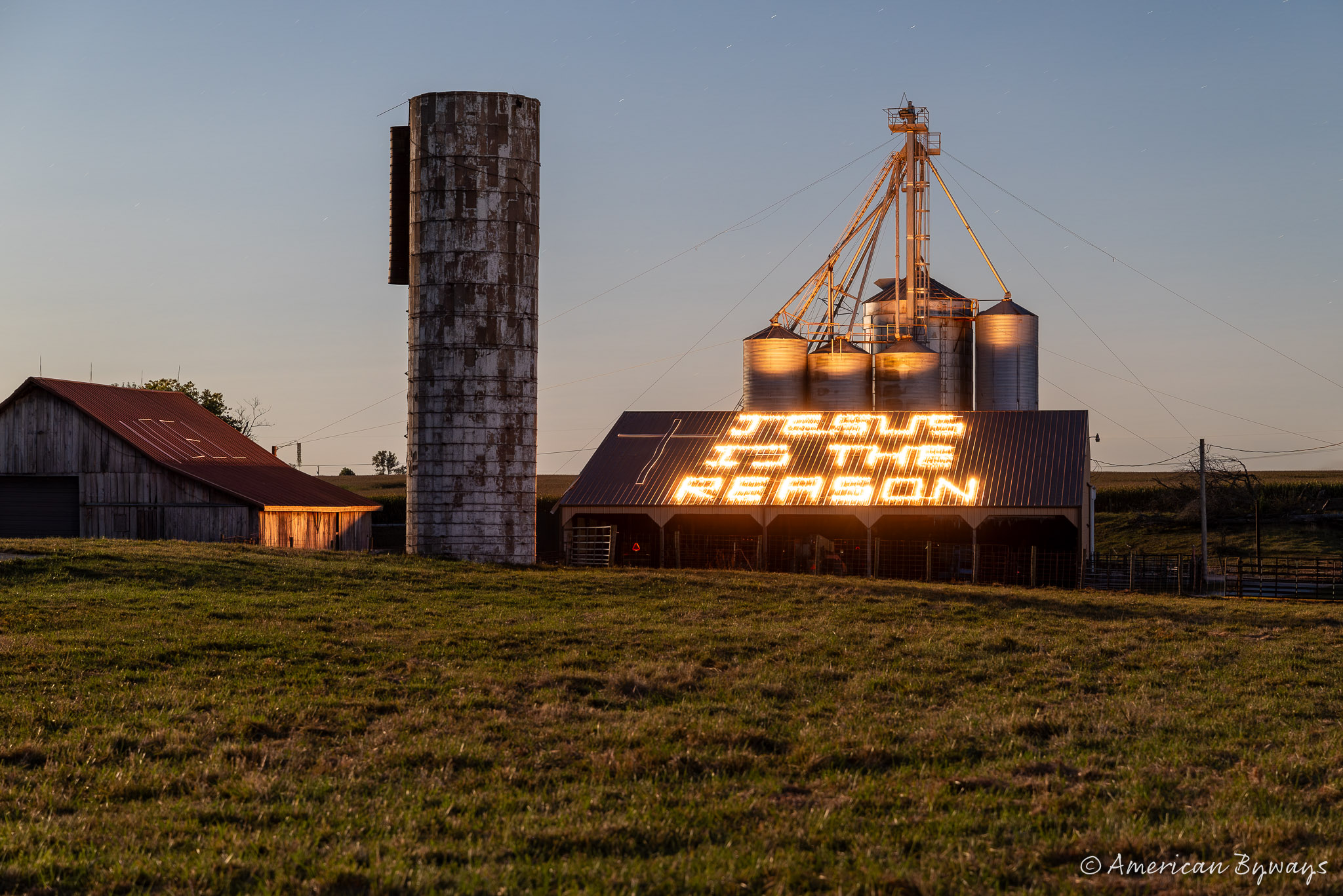
Whatever the season, I’ve found Cataract Falls State Recreation Area near Cloverdale, Indiana, to be a quiet place to reflect and explore.
On my most recent visit in early autumn, the air was cool and still, and the trees showed only the first touches of color. The flow over the falls was low—reduced by late-summer drought—but Mill Creek still threaded its way through the limestone gorge, glinting in the soft light. The subdued sound of water over stone matched the calm of the season, a contrast to the rush and thunder of past visits.
Cataract Falls is home to Indiana’s largest waterfalls by volume. Over millions of years, Mill Creek carved through layers of ancient limestone, shaping the Upper and Lower Falls. The landscape owes its form to the Illinoisan glacial period, when ice sheets buried pre-glacial ridges beneath layers of sediment. Mill Creek later cut through those weakened formations, creating a combined seventy-five-foot drop—forty-five feet at the Upper Falls and thirty at the Lower.
I’ve seen Cataract Falls under far different conditions. In summer, the air was heavy and humid, and the creek gushed with steady power after seasonal storms. In winter, following a rain that turned to snow, the falls ran full and strong, framed by sheets of ice and a landscape muffled in silence. Each visit revealed a different side of the same place—shaped by weather, time, and the enduring pull of Mill Creek across the stone.
Discover more from American Byways
Subscribe to get the latest posts sent to your email.











